Project Over View
Soap Reactors are nice but I have been looking for a better less expensive way to remotely control the lights for my Iron Men Figures.
After a little research I found single and multi-channel RF relay boards on eBay for around $5 shipped for a single channel board up to up to $40 shipped for 16 channel boards.
For this project / tutorial I will use a 5vdc 4 channel board & the Hulk Buster Figure.
I plan to use each channel of the relay board to control different light circuits -
- Ch 1 - Arc Reactors
- Ch 2 - Eyes
- Ch 3 - Secondary Lights
- Ch 4 - Hand Repulses
I choose this board for 2 reasons
1. It operates on 4.5vdc which is the same requirement as the figure lighting so I can use a single power supply to power the board and the relays.
You could use a 12vdc board and power the board with a 12vdc power supply and then power the relays with a 4.5vdc power supply, but I don't know why you would do that
2. It's small enough to fit in the figure and it has enough relays to independently control the 4 different circuits I want to power.
Some things to consider
1. You can hook more then one light circuit to each relay. The max current capacity of the relays is 10 amps. That means you can run up to 10 amps through the relay which is A LOT
You could, in theory, control most of your collection with a single channel board but that would be boring.
Here are some variations
Use a 3 channel board to power the Arc Reactor, Eyes and Hand repulsors on 1/multiple Figures.
Use a 16 channel board to power 16 figures independently





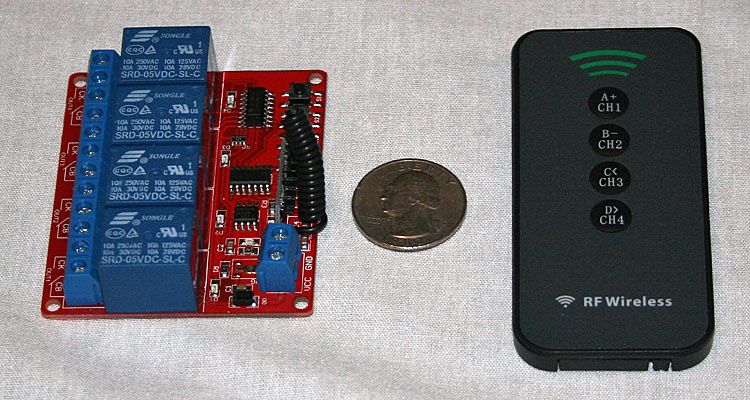
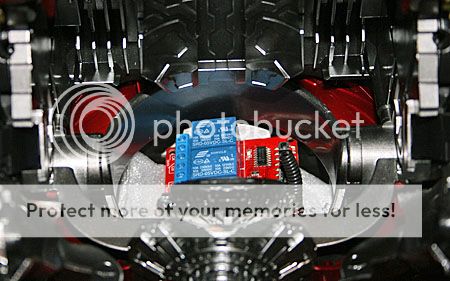
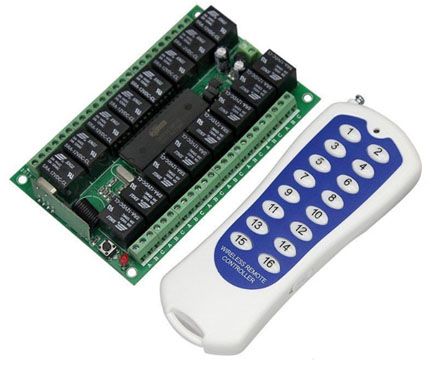
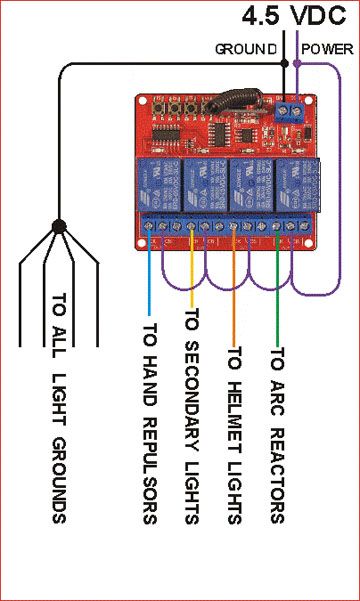
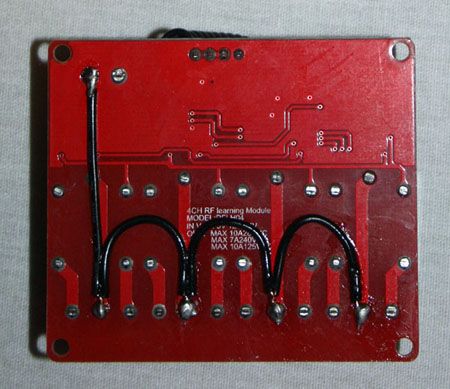
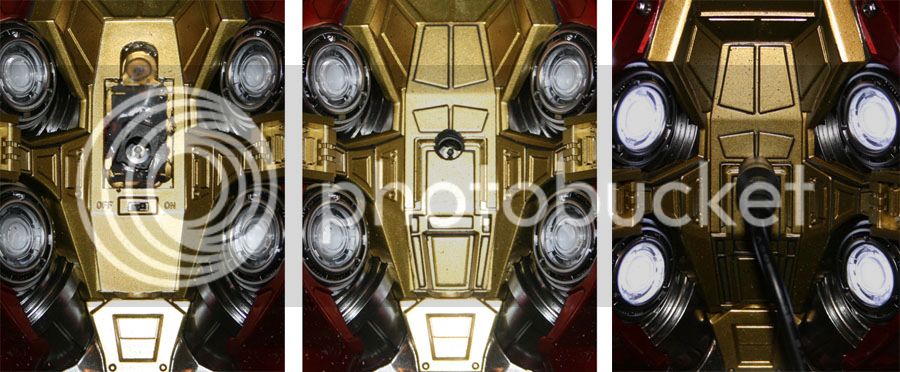 [/URL
[/URL


